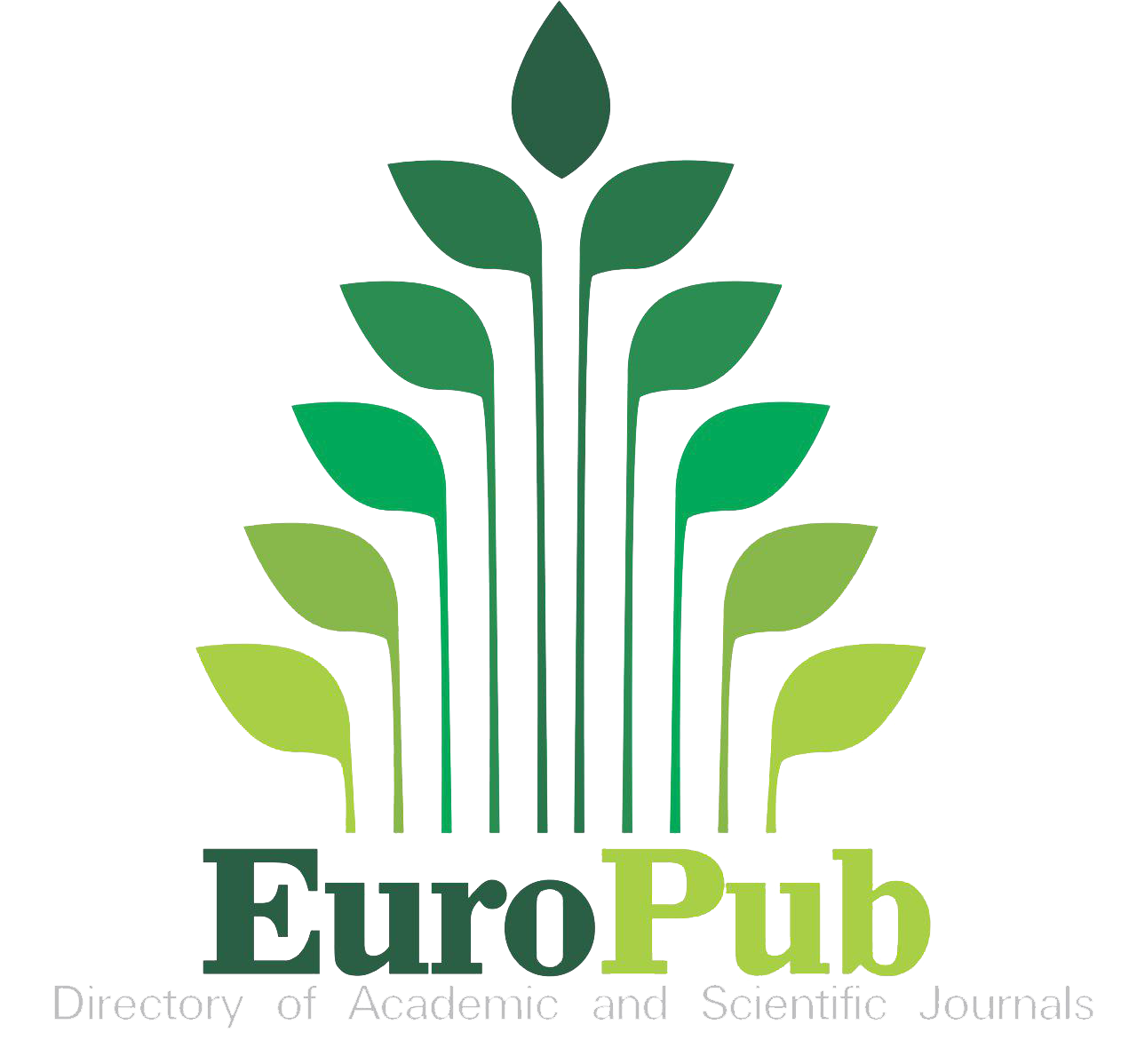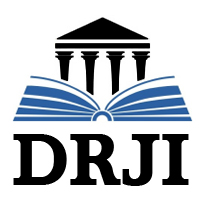An analysis of illocutionary act in the main character utterances in SOUL movie
DOI:
https://doi.org/10.56724/ladu.v2i2.97Keywords:
illocutionary acts, speech act, speaker and listenerAbstract
Background: Some people not only use language in communication, but also use actions. It occurs in the movie through dialogue.Dialogue is not usually realized as a written text spoken by an actor or character in a movie
Purpose: The purpose of this research is to find out the types of illocutionary acts do the utterances of the main character in Soul movie convey.
Design and methods: This study uses a descriptive and qualitative method because the data in this study are words rather than numbers.
Results: Researchers classified 137 illocutionary acts in soul movie scripts and found that there are four categories, which are 54 data for representative types (40%), 59 data for directive types (43%), and 10 data for commissive types (7%), and the expression type with 14 data (10%). The directive type shows the highest percentage, and the commissive type shows the lowest percentage. Throughout the analysis of the data, declarative type is not founded by the main character in the movie.
Downloads
References
Austin, J. L. (1975). How to do things with words. Oxford University Press. DOI: https://doi.org/10.1093/acprof:oso/9780198245537.001.0001
Meyer, L., Sun, Y., & Martin, A. E. (2020). “Entraining” to speech, generating language? Language, Cognition and Neuroscience, 35(9), 1138–1148. https://doi.org/10.1080/23273798.2020.1827155 DOI: https://doi.org/10.1080/23273798.2020.1827155
Moser, Al., & Korstjens, I. (2017). Series: Practical Guidance to qualitative research. Part 1: Introduction. European Journal of General Practice, 23(1), 271–273. https://doi.org/10.1080/13814788.2017.1375093 DOI: https://doi.org/10.1080/13814788.2017.1375093
Sadock, J. (2004). Speech Acts. In The Handbook of Pragamtics (pp. 53–73). DOI: https://doi.org/10.1002/9780470756959.ch3
Searle, J. R. (1985). Expression and Meaning: Studies in the theory of speech acts. Cambridge University Press.
SIRBU, A. (2015). The Significance of Language as a Tool of Communication. Mirces Cel Batran, 18(2), 405–406.
Yule, G. (2017). The Study of Language. Cambridge University Press
Downloads
Published
How to Cite
Issue
Section
License
Copyright (c) 2022 Panji As'adi, Taufiq Effendi

This work is licensed under a Creative Commons Attribution 4.0 International License.
Authors who publish with this journal agree to Copyright notice.














